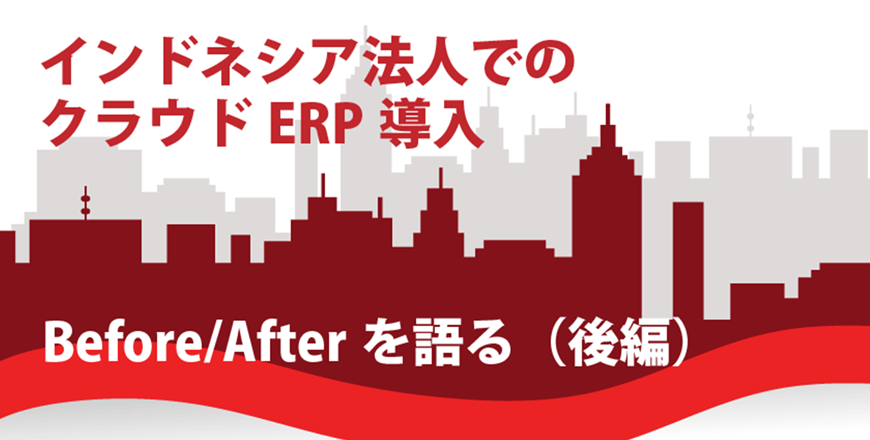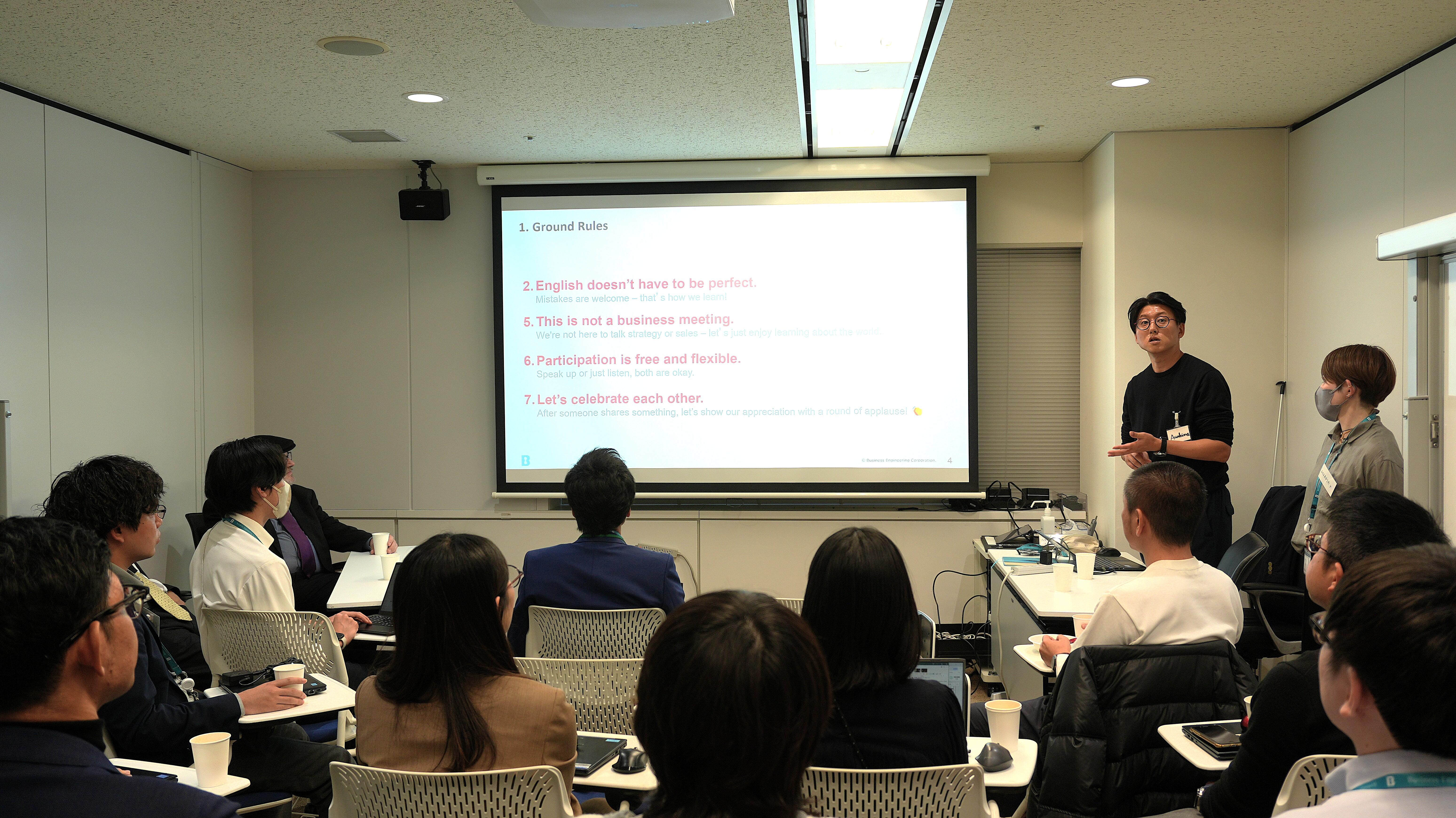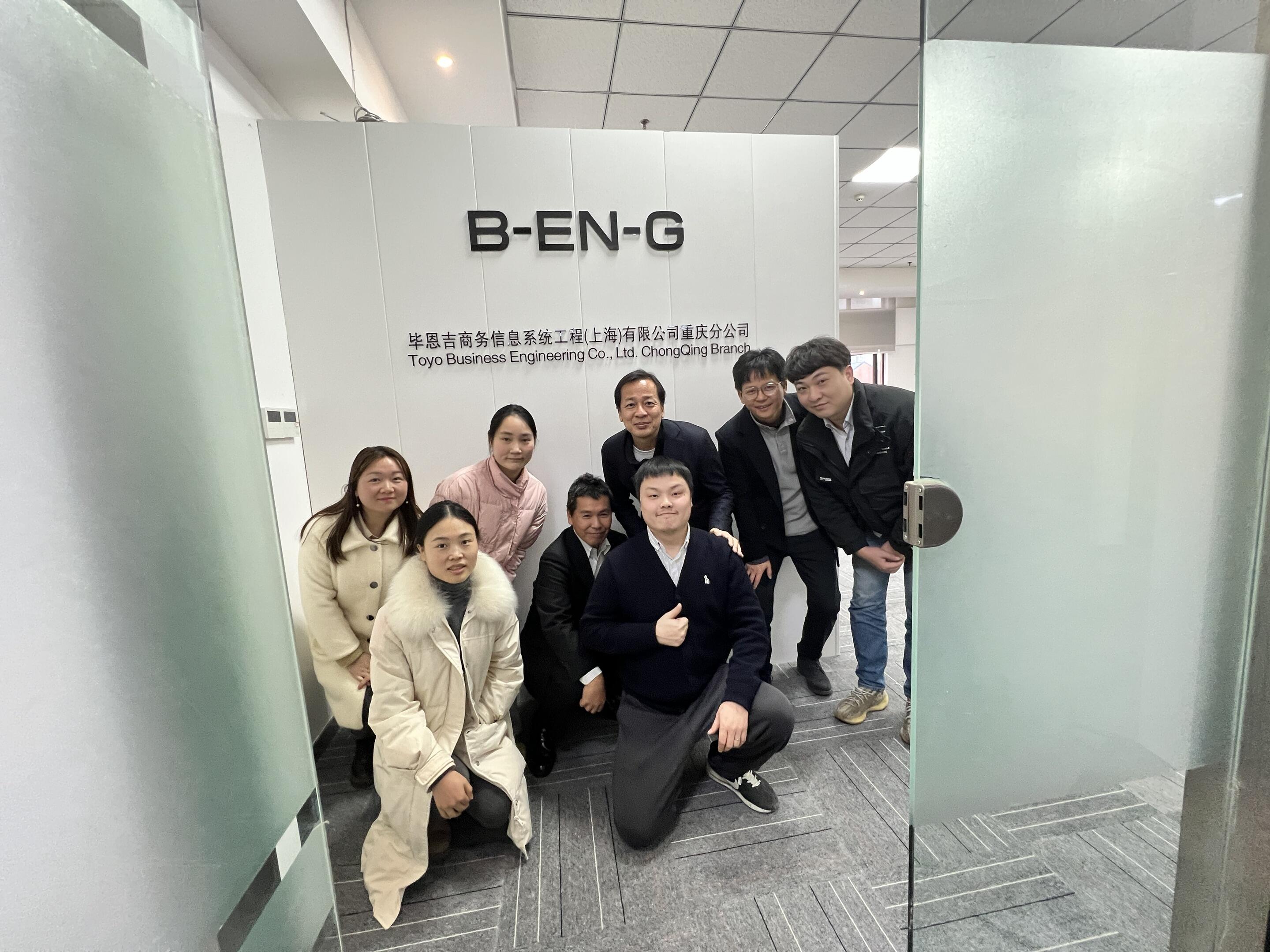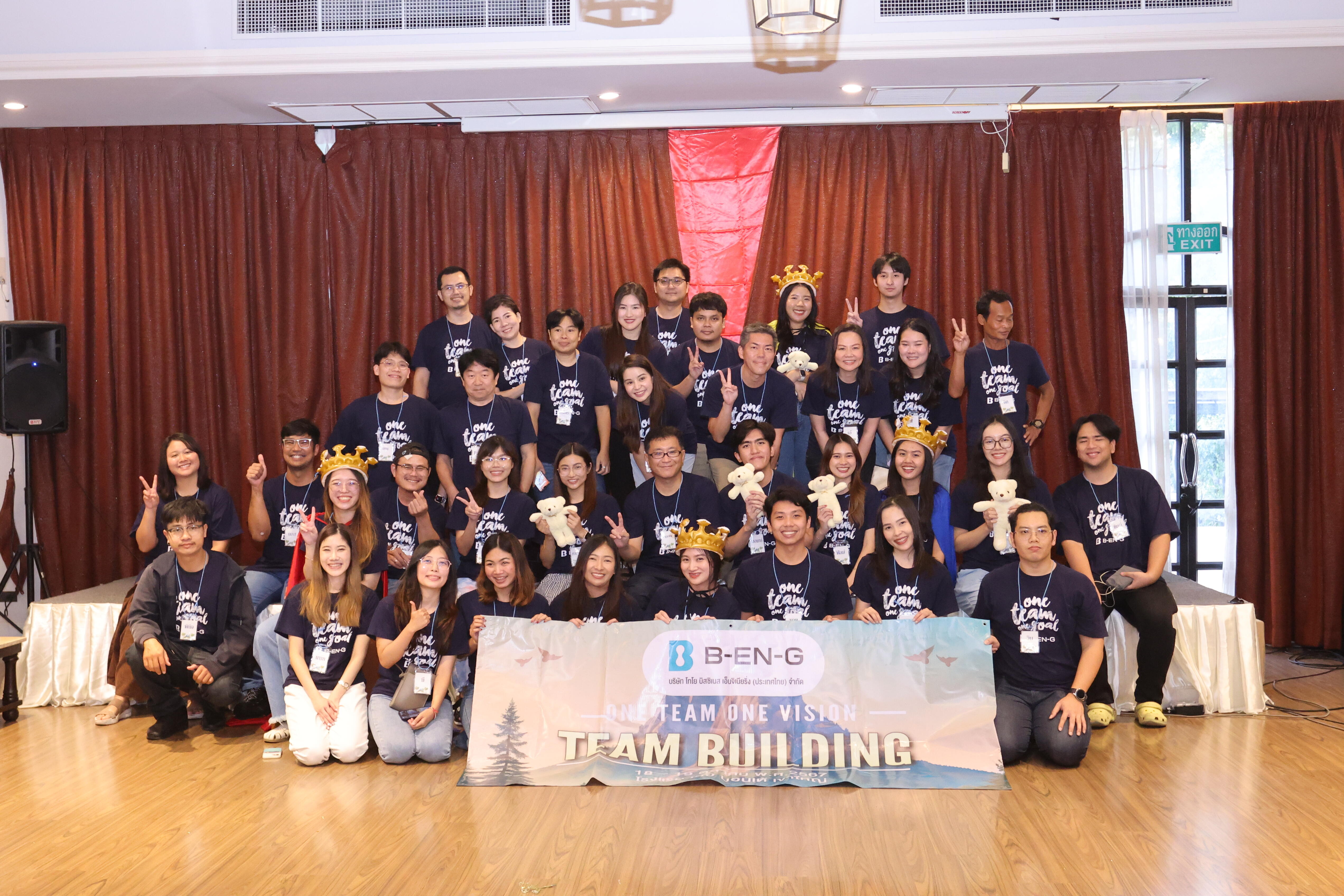The process of adopting cloud ERP
PT Toyo Business Engineering Indonesia
(B-EN-G Indonesia)
President Director Jun Sasaki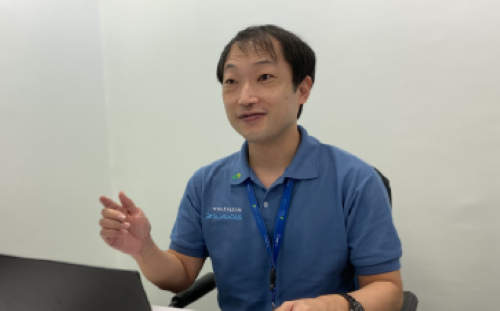
B-EN-G Indonesia's Sasaki:
We started considering introducing the cloud-based international accounting and ERP service "GLASIAOUS" around April 2020, and the decision was made around June of that year. We started introducing it in July and it was fully implemented in three months. We ran it in parallel from October to December, and started operating independently from January 2021.However, B-EN-G Indonesia does not handle accounting processing by itself, so the cooperation of Asahi Networks is essential.
PT Asahi Networks Indonesia
Manager Naoya Inada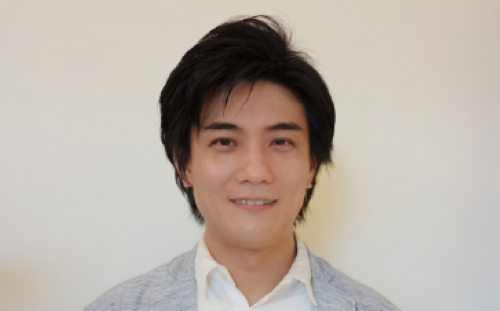
Mr. Inada of Asahi Networks:
We have known about GLASIAOUS since 2018. At the time, it was positioned as one of the accounting systems we introduced to our clients, rather than being fully used by our accounting firm. When B-EN-G Indonesia was introduced in June 2020, we were the first in Indonesia to actually use it to create financial statements. When introducing it, as with other accounting packages, we ran GLASIAOUS in parallel with the accounting system we were already using, and confirmed that the results matched in the end. The official data for the 2020 financial statements are those created with the existing system, but from the middle of 2020, we have been using GLASIAOUS, which we introduced as a test, for accounting bookkeeping.
What was Asahi Networks' impression when B-EN-G Indonesia said they wanted to change to GLASIAOUS?
Mr. Okamoto of Asahi Networks:
I was familiar with the GLASIAOUS system itself, since I had had meetings with the B-EN-G headquarters and held seminars with them when I went on business trips to Japan. However, when I actually went to the local site to provide support for the introduction of self-accounting, I was worried, although this may be a little rude of me to say this to the B-EN-G staff, about the degree to which they would be committed to the transition to GLASIAOUS.
PT Asahi Networks Indonesia
President Director Yoshiro Okamoto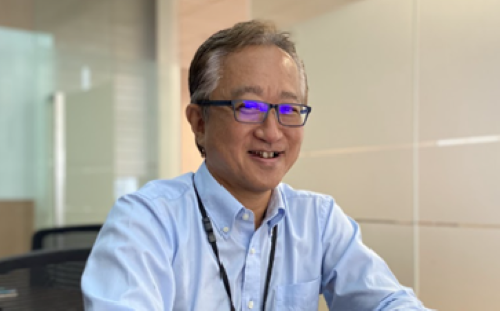
Through discussions with Mr. Sasaki of B-EN-G Indonesia, I was able to form the impression that "they can definitely do it," so I decided to accept their support for implementation, but I also anticipated the possibility that they would not commit to the implementation of GLASIAOUS and the implementation would end up being half-done, so I explained to them that "in that case, we will provide backup support for our company's bookkeeping in parallel during the transition period." I think that many managers are hesitant to implement a system without a backup system for unforeseen circumstances.
B-EN-G Indonesia's Sasaki:
Yes, as you say, the introduction of the system means that the input purchase and sales data is automatically converted, so the local staff at B-EN-G Indonesia have to be aware of this and use the items in the new system to register sales and purchases, so I thought it would take some time to get used to it. And I felt that this would be one of the obstacles to the introduction.
Also, for customers who are introducing a system in a situation where they have outsourced their bookkeeping services like us, I think the change in the division of roles will be a big hurdle. Until now, we could just hand over sales data to the accounting firm and have them make the journal entries, so in a sense it was not a hassle, but if sales and purchase data is automatically journalized, the user will have more responsibility, and the accounting firm will have to ask for corrections if any strange entries are made. In that sense, roles will change and the work content will become more focused on checking, so I think it will be difficult unless the accounting firm and our company have a grasp of each other. However, if each party can understand the division of roles, they can move on to a new stage.
What were some of the challenges you faced during the implementation process?
B-EN-G Indonesia Sasaki:
The members who provide implementation services to other companies are also our own operation members, so they understood the implementation process, and we carefully identified the necessary forms, etc., so I think we were able to properly reflect our own work. However, the members who actually input sales and purchases were involved after the implementation setup was completed, so I think they had a hard time during training.
PT Toyo Business Engineering Indonesia
(B-EN-G Indonesia)
General Affairs Dept., Supervisor Lily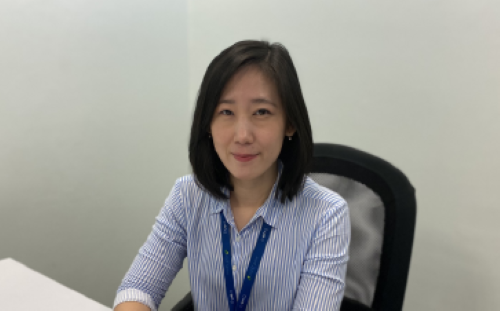
B-EN-G Indonesia Lily:
The good thing about it is that it's more convenient than before. Since we don't use paper, we've been able to reduce costs. We can now process approvals on GLASIAOUS, which saves us time and makes processing faster. The system's specifications mean that invoice numbers cannot be duplicated, so the same numbers are no longer issued and data management has become easier. However, when processing WHT, the rounding off of decimals is more difficult than in Excel, so it was a struggle.
PT Toyo Business Engineering Indonesia
(B-EN-G Indonesia)
Sales and Marketing Dept., Senior Staff
Tita Ardhanareshwari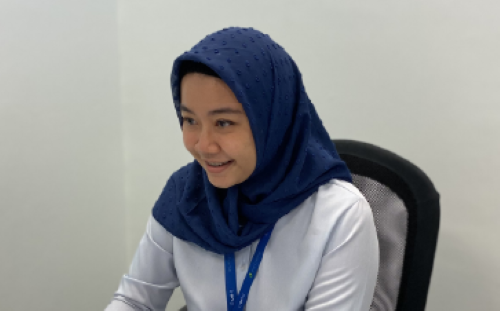
B-EN-G Indonesia Tita:
It has become easier to manage and organize documents related to the sales and purchasing flow. Previously, we used Google Drive to manage the data, which made it difficult to grasp the progress of the process, but with GLASIAOUS, we can easily follow up on the data. On the other hand, due to system constraints, if you make a mistake in data entry, you have to delete the entire document, which means that the document numbering is skipped at that time. This is an issue as the data is misaligned when viewed in a list.
Regarding the effects after the introduction, what has changed since the introduction?
B-EN-G Indonesia Sasaki:
The first effect was that sales information, such as quotations and orders, which were scattered, was now connected. Also, we can immediately see the current P&L, and we can attach documents to each data and manage them, so our work has become much more efficient.
Also, since B-EN-G Indonesia has a lot of maintenance service work, we had Mr. Mitsuhashi in the accounting department at B-EN-G's headquarters handle calculations such as dividing sales by 1/12 each month and calculating purchases. GLASIAOUS has a function to support such calculations, and I think this has reduced the amount of work required. What do you think, Mr. Mitsuhashi?
Business Engineering Corporation (B-EN-G Head Office)
Accounting Department Yuji Mitsuhashi
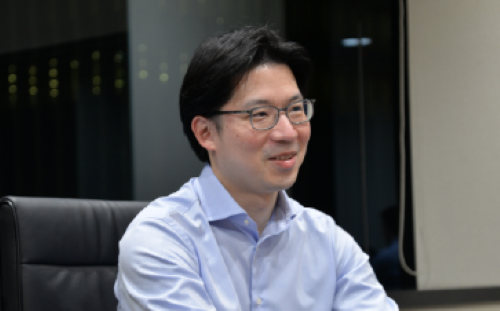
B-EN-G Head Office Accounting Department:
Yes, it has become easier. At the head office, we feel that it has been effective in terms of ensuring information sharing, which was originally an issue. We use GLASIAOUS to send payment requests to Lily and others at B-EN-G Indonesia, and now we can do that without missing anything. We also hope that in the future, when we receive detailed questions from the auditing firm during our end-of-term audit, the information in GLASIAOUS will make it easier to analyze them. By looking at the journal entries and using the drill-down function, I think it will be easy to analyze where increases and decreases are occurring by looking at the P&L and subjects.
B-EN-G Indonesia Sasaki:
In addition, while the Indonesian system (the process of attaching a duty stamp to an invoice and stamping a signature and company seal) is still not completely paperless, other documents such as estimates can now be done using only the system, which I feel is an advantage.
The dashboard has also evolved, and now you can see in a pie chart whether the status of payables and receivables is behind schedule, and if there is anything that concerns you, you can drill down and check which payments are late. This is very helpful for me as an administrator. You can also see cash in each currency (yen, dollar, rupiah, etc.), and you can see what will happen in the future compared to the current payment schedule.
B-EN-G Indonesia is not a large company, so the cash situation is important. I can see the income and expenditure for the past three months in a graph, which is especially helpful for me as a manager when I am concerned about the figures at the end of the fiscal year.
In terms of sales, when I want to look at sales or customer trends for the past few months, the accurate data is very helpful for analysis. Previously, it took more than a month to finalize monthly financial statements, but now that there is less revision work and the statements can be finalized on the first presentation, the time has been significantly reduced.
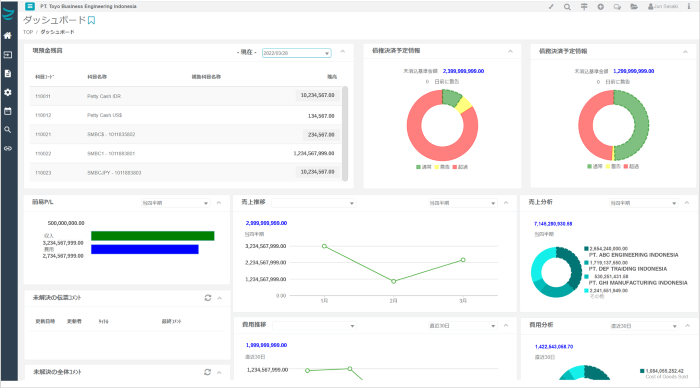
Mr. Inada of Asahi Networks:
One change in communication with B-EN-G headquarters is that there is less duplication of effort and loss in the exchange of information between the three parties.
We have also become able to overcome the time difference and holiday differences between Indonesia and Japan. For example, in the past, when it was Golden Week in Japan, even if we contacted Mr. Mitsuhashi at the B-EN-G headquarters to say that we were short of materials, the message would not reach him, and it was difficult to close the accounts early. Completing the preparation of financial statements on schedule is also an important point for closing the accounts early.
In addition, all data exchanges, except for those that we do not want to disclose to local staff, such as personnel-related matters, are done on GLASIAOUS, so the work can proceed more smoothly. Another big point is that we can now spend time answering essential questions about taxes, rather than wasting time on exchanges such as "we do not have enough documents."
I also think that the awareness of the local staff has changed. Until now, there were times when I and Michizane from B-EN-G's headquarters were on the ball, so for example, when there was no document, the local staff would say, "The Japanese manager still has the document, so we'll stay," and in a sense, they prioritized other work and had little awareness of meeting deadlines. Now, they are able to ask the person in charge to give them the data.
Mr. Okamoto of Asahi Networks:
If the system is updated in a timely manner every time the system changes, it can be said that "it was convenient to use this system," but it is still unclear how GLASIAOUS will penetrate into Indonesia's complex and difficult system. However, according to staff who are using it, it is gradually undergoing minor changes and is becoming familiar with the local system.
The impact of the Indonesian lockdown, which occurred in the midst of parallel operations
B-EN-G Indonesia Sasaki:
COVID-19 has had almost no impact on our business. We have been implementing remote systems for many of our clients, and we have had no problems implementing the system ourselves. All of our coordination with Asahi Networks was done via web conferences, and we did not have a single face-to-face meeting. But we were still able to get the system up and running!
Also, up until now approvals were done by signing on paper, so we would go to the office and Lily or Tita would bring it with them and have to sign it, but now we can exchange messages saying "Please approve" on GLASIAOUS, so we check and approve on GLASIAOUS.
All purchase orders and quotations that require approval are managed on GLASIAOUS, so there is no need to take the trouble of printing them out on paper, and approvals can be processed without any inconvenience even when working from home. Even amid the COVID-19 pandemic, approvals can be made on the system, so we feel that this is an advantage that business operations do not stop.
Future plans and prospects
B-EN-G Indonesia Sasaki:
To be honest, we haven't made much progress in self-regulation (laughs), but we have introduced accounting systems as part of our work, so we had a strong desire to systematize our own company. However, laws and regulations change frequently in Indonesia, and we need specialized tax knowledge, so we hope to continue to ask Asahi Networks for their cooperation. In the future, as our scale grows and we hire people who understand tax matters, I think we will be able to see the direction we should take.
Business Engineering Corporation (B-EN-G Head Office)
Accounting Department Manager Hidenori Komine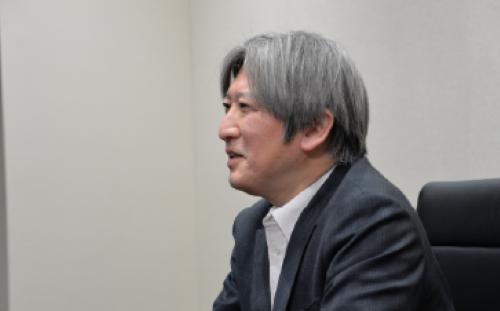
Komine, Accounting Department, B-EN-G Head Office:
In terms of the management style of the local subsidiary, it is ideal for a large company to have an accounting department from the beginning and operate it in-house, but for a small local subsidiary like ours, the issue is how to position the management department. Since tax issues are particularly critical in Indonesia, we would like to have Asahi Networks do the bookkeeping while the headquarters manages the management and financial aspects, and we would like to strike a good balance between the three companies. By using GLASIAOUS as the base, I think it has become very easy to operate in this format. In the future, it is possible that B-EN-G Indonesia will develop accounting personnel, but I think that will depend on the pace of expansion. As for the way in which the local subsidiary will expand, B-EN-G headquarters, B-EN-G Indonesia, and Asahi Networks will share information based on GLASIAOUS, and I think this operating format can be a reference for other customers.
*This interview is current as of December 2021.
